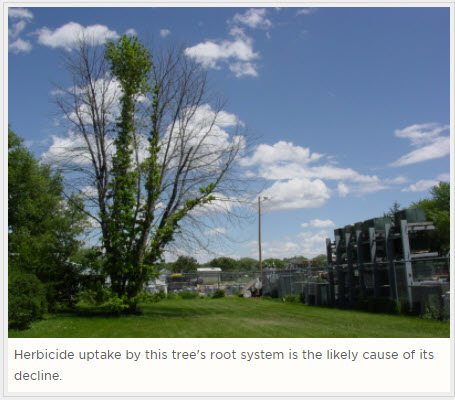Click below to listen to my 2 min. Garden Bite radio show: Creeping Charlie
When I became a Master Gardener in 2003, there was a group of MG’s that formed a group called “Friends of Charlie” because nearly every other question asked by home gardeners was, “How do I get rid of Creeping Charlie”?
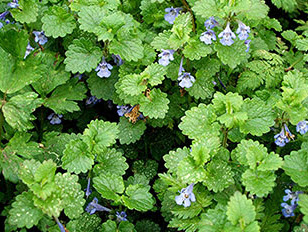
Some people love it, claiming creeping Charlie provides food for bees and a savory, minty smell. Others wage war against this weed as though their lives depended on its eradication.
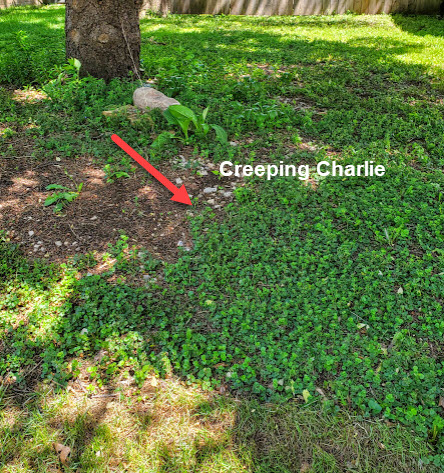
With a Latin name I won’t attempt to pronounce, “Charlie”, is an herbaceous perennial groundcover native to the United Kingdom, but it has grown in North America for almost 200 years, creeping throughout most of the United States and southern Canada.
It spreads quickly via stolons, horizontal stems that root as they grow along the ground. The plant can easily regrow from tiny pieces of stem that break off when you try to pull it up, which is one of the reasons creeping Charlie is so difficult to remove.

More information from Northern Gardener Magazine.
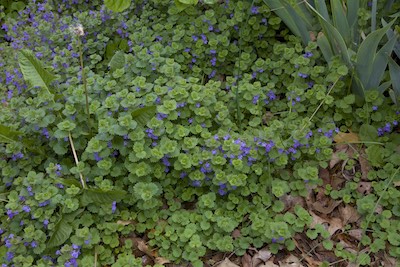
While so many want to kill it, research shows that, although invasive, it does NOT on our eradicate list like yesterday’s GB on Dame’s Rocket. It grows in shade to part shade and, honestly, has pretty purple flowers and lovely leaves.
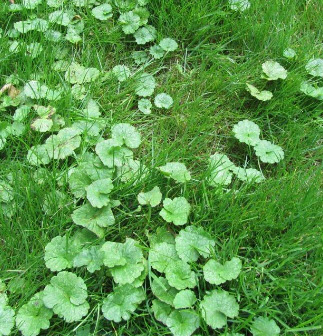
I practice tolerance but for those of you who loathe creeping charlie, you’ll have to get the chemicals out.
For small outbreaks, selective broadleaf herbicides such as 2,4-D, triclopyr or dicamba are good options for spot spraying. The University of Minnesota Extension recommends triclopyr as the most effective of these three. However, don’t spray these chemicals over tree root zones, as trees can absorb them and be injured.
